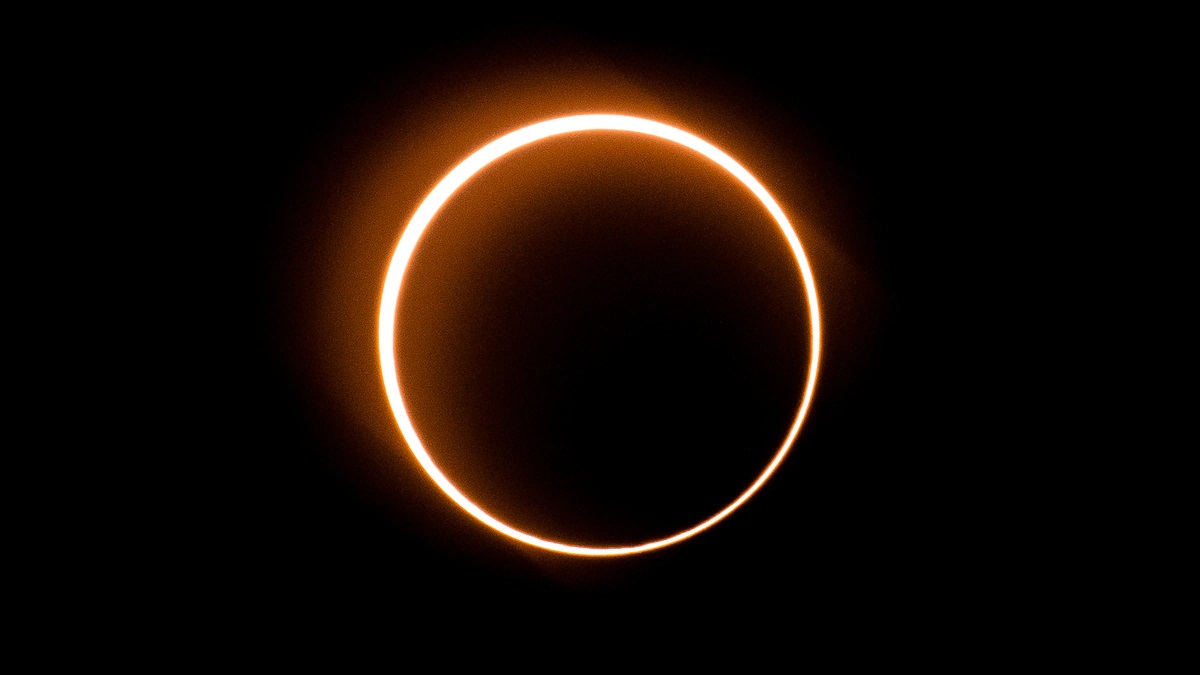Millions across the United States, Canada, and Mexico gazed skyward in wonder during Monday’s rare total solar eclipse, as reported sightings of solar flares added to the celestial spectacle. Solar flares, massive explosions occurring on the Sun’s surface, result from the sudden release of energy trapped within twisted magnetic fields, typically situated above sunspots.
Monday’s eclipse coincided with the Sun’s anticipated “solar maximum” phase, marking the peak of its 11-year solar cycle. This heightened activity period typically sees increased solar flares and coronal mass ejections, massive plasma bubbles laden with magnetic field lines, according to USA Today. Notably, photographer John White captured images purportedly showing two protruding solar flares just before totality, describing them as unprecedented in size, noting, “Apparently, you can put 100’s of earths into one of those!”
Describing solar flares as colossal energy releases, the European Space Agency highlights their occurrence when energy stored in twisted magnetic fields is suddenly unleashed. These explosions can heat materials to millions of degrees within minutes, emitting a spectrum of radiation including radio waves, X-rays, and gamma rays. Solar flares vary in duration and intensity, classified by NASA from B-class, the lowest, to X-class, the most potent, reminiscent of the event witnessed on New Year’s Eve the prior year.
NASA underscores the far-reaching impacts of solar flares, capable of disrupting radio communications, electric power grids, and navigation systems, while also posing risks to spacecraft and astronauts. Notably, the most significant solar flare on record occurred on April 2, 2001, surpassing the one observed on March 6, 1989, which induced power system disruptions in Canada, as observed by the Solar and Heliospheric Observatory Satellite.





















